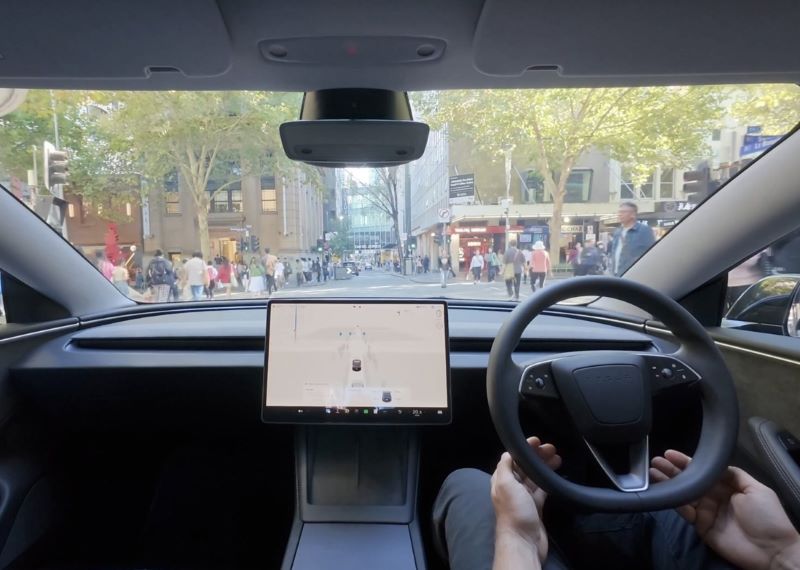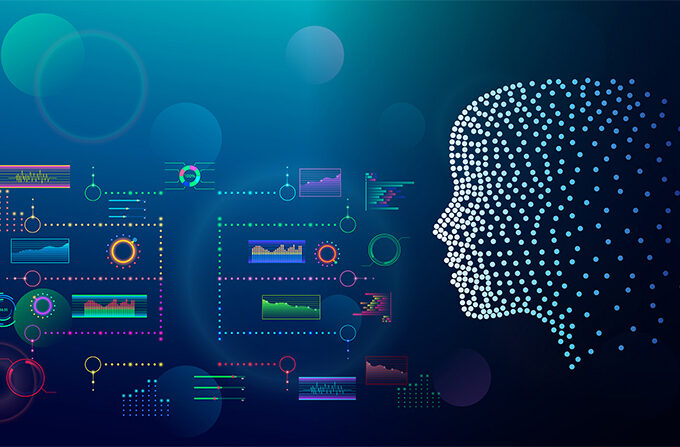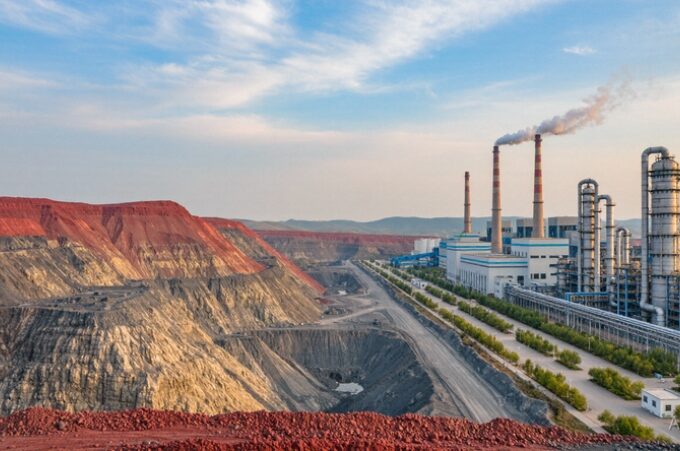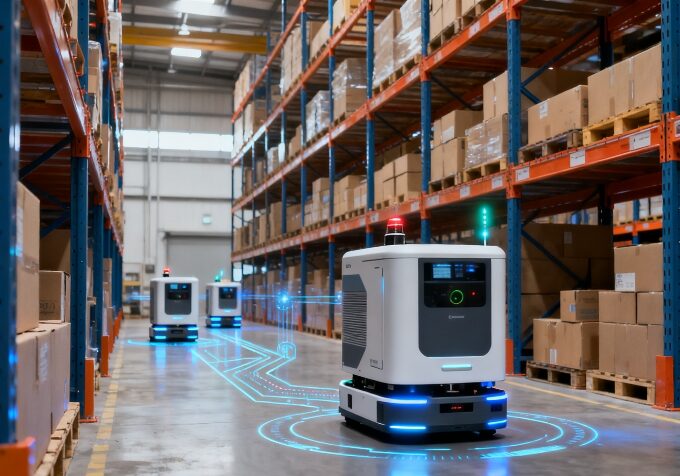In an era of rapid technological advancement, every breakthrough in autonomous driving draws significant attention. As a leader in the industry, Tesla’s progress in Full Self-Driving (FSD) technology continues to capture global interest. Recently, Tesla has been actively promoting and applying its FSD system, and a series of new developments signal that the era of autonomous driving is accelerating.
Significant Global Testing Achievements for the FSD System
Tesla has released a series of videos via social media, showcasing the real-world performance of the FSD system in Australia and France, demonstrating its potential for safe operation under complex road conditions in different regions.
In Melbourne, Australia, Tesla’s AI team published a nearly two-minute video of FSD Supervised testing, documenting the system’s performance on busy city streets. The FSD system not only operated smoothly but also successfully completed Australia’s unique “hook turn.” Notably, this test was conducted using a right-hand drive (RHD) vehicle, highlighting the system’s robust adaptability to different driving habits and vehicle configurations.
In France, Tesla’s official Europe and Middle East account shared a video showing FSD Supervised navigating the complex traffic circle near the Arc de Triomphe in Paris—one of France’s largest and most challenging roundabouts. The FSD system performed exceptionally well, accurately yielding to other vehicles and maintaining a safe following distance, effectively handling the intricate traffic conditions.
Tesla clearly included a disclaimer with the release of these test videos, stating that FSD (Supervised) is currently an assistive feature and that drivers must remain attentive and in control of the vehicle. The activation and use of this function in the future will depend on development progress and regulatory approval. This statement reflects Tesla’s commitment to safety while also acknowledging the real-world challenges facing the rollout of autonomous driving technology.
Australia Poised to Become a Breakthrough Market
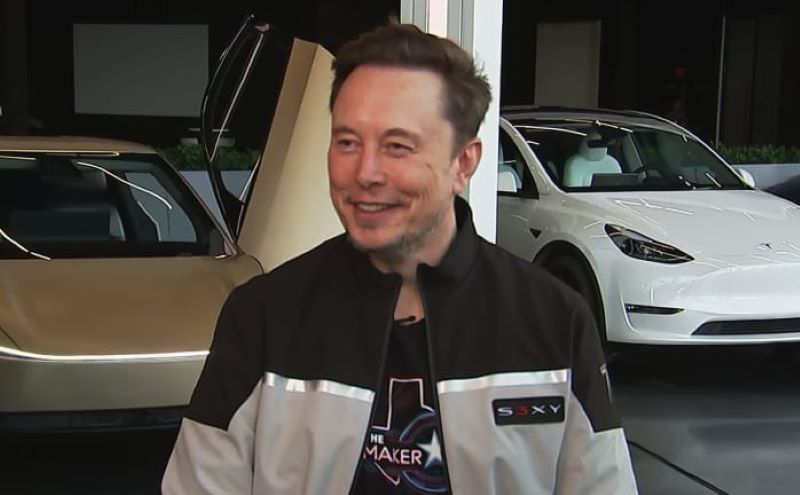
According to Tom Drew, Tesla’s Director for Australia and New Zealand, there are currently no regulatory barriers preventing the use of FSD on public roads in Australia—an encouraging sign for its local deployment. In earlier footage released by Tesla’s AI team on the social media platform X, the FSD Supervised system successfully completed a complex hook turn in Melbourne’s Central Business District, demonstrating strong technical capability.
In an interview, Drew emphasized that the global rollout of FSD is a top priority for Tesla, stating: “This is the direction Elon Musk is pushing. We have a global engineering team working across multiple markets to bring FSD to life.” He confirmed that unlike in North America, there are no hurdles blocking the release of FSD Supervised in Australia. While a specific timeline has not been set, once Tesla is satisfied with the local performance and adaptation of FSD to urban driving conditions in Australia, the feature could go live soon. This is a promising sign for both Australian consumers and the broader development of autonomous driving technology, potentially enabling wider deployment and greater accumulation of real-world driving data to further optimize the system.
Driverless Taxi Service on the Horizon
Tesla is planning to launch a dedicated driverless taxi service in June this year in Austin, Texas, using Model Y vehicles equipped with FSD Unsupervised. The plan has attracted significant attention, with reports suggesting that Tesla has been testing around 300 vehicles in Austin over the past few months in preparation for the launch. Tesla has also been working closely with local fire departments and police to conduct safety testing and training, ensuring the service’s safety and reliability.
Upgrades and Challenges in Tandem
While accelerating the rollout of FSD, Tesla is also continuously upgrading the system. According to multiple sources, Tesla has released the FSD version 13.2.9 update, which reportedly adjusts the driver monitoring system to reduce frequent alerts. Previously, Tesla drivers using FSD would receive immediate warnings if the in-cabin camera detected their gaze shifting away from the road, a feature aimed at safety but considered overly strict by some users. This update is expected to strike a better balance between safety and user experience, making the FSD system more intelligent and user-friendly.
However, the road to full autonomy is not without challenges. From a technical standpoint, achieving true full self-driving requires systems that can handle all kinds of extreme and complex road conditions, placing high demands on sensor accuracy, algorithm sophistication, and system reliability.
On the regulatory front, different countries and regions have varying laws and standards. Tesla’s global deployment of FSD must be approved by regulatory bodies in each market. While Australia currently poses no such hurdles, other regions such as Europe and China have more complex and stringent approval processes. Tesla had previously aimed to secure regulatory approval in these markets by the end of 2024, but this has now been delayed to the first quarter of 2025, indicating slower-than-expected progress.
Tesla’s advancements and global strategy in FSD bring new energy and direction to the autonomous driving industry. Whether it’s the successful global tests, potential breakthrough in the Australian market, or the upcoming driverless taxi service, these developments signal that the age of autonomous driving is moving from vision to reality. Yet, technical and regulatory challenges must still be addressed. Tesla will need to continue innovating and refining its technology while actively collaborating with regulatory authorities worldwide to promote the widespread adoption of FSD, fulfilling its mission to revolutionize mobility and benefit more people. We look forward to seeing more breakthroughs from Tesla and to a brighter future for the entire autonomous driving industry.


